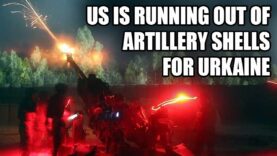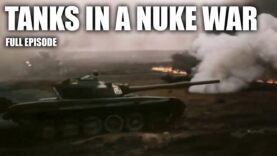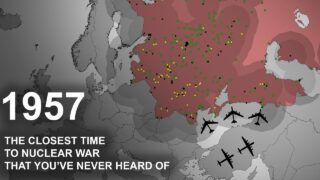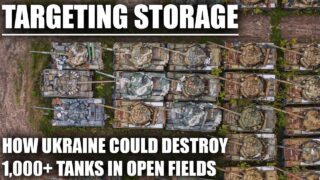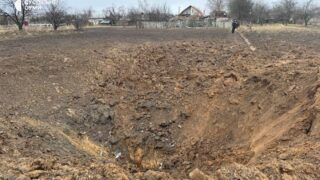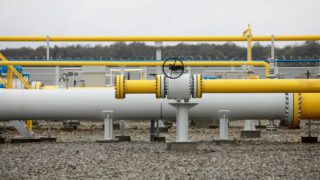Tac Ops – How tanks would be used during a Nuclear War
Tac Ops – How tanks would be used during a Nuclear War
Video Summary
In the 1970s and 1980s, the US and the Soviet Union developed different strategies for how to respond to a nuclear attack. The US had the concept of “Assured Destruction,” where a nuclear war would escalate to the point where both sides would lose a significant portion of their population, but the US would still have enough left to survive and retaliate.
The Soviet Union, on the other hand, had a plan for “Retaliation,” where they would launch a massive retaliatory strike against the US if they were attacked. This would be done using their own arsenal of nuclear weapons.
As I was going through an old CIA document, I came across something that really caught my attention. It was a plan for how to keep Russia’s nuclear weapons operational after a nuclear war. This plan was based on the idea that any nuclear war would have devastating effects on Russia’s infrastructure, including its rail network.
The document highlighted the importance of having a reliable conventional deterrent, one that could maintain its effectiveness even after a nuclear attack. This would involve using alternative means of transportation, such as trucks and ships, to move troops and supplies to the front lines.
I couldn’t help but think of the challenges of maintaining complex machinery in a war zone. As someone who worked on maintaining equipment in the Navy, I know how much effort goes into keeping machines running, and how quickly things can fall apart in the heat of battle.
But this plan got me thinking about the bigger picture. When you’re in charge of maintaining complex machinery, you’ve got to prioritize getting the job done. If that means making tough decisions, like falsifying maintenance reports, you might make those decisions.
You might even steal a captain’s pin, just to get the job done. I’ve seen that happen, believe me. And it’s not paranoia, it’s just human nature. People are lazy, and sometimes they’d rather just get the job done and get home, rather than do it right.
This isn’t unique to the US or Russia. It’s just human nature. And that’s why we need to have a system in place to keep things running smoothly. But if that system is flawed, as it often is, things can go very wrong.
In the end, it’s all about human nature. People are fallible, and systems will always fail. But we can learn from our mistakes, and try to do better. And that’s what I want to talk about on this show.

